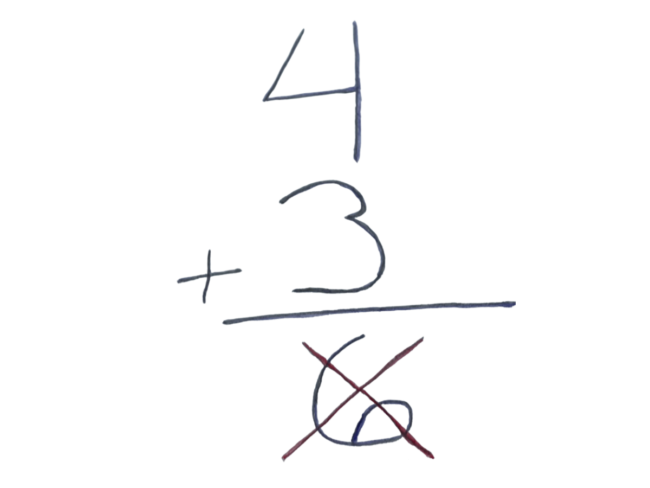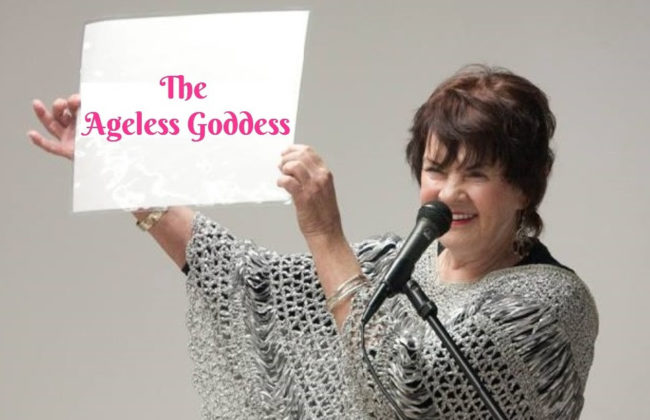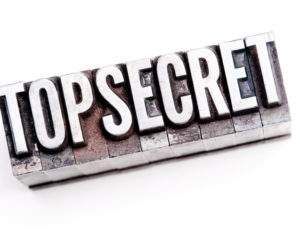
Last month I was embarrassed after sending my blog to all of you. I had made a mistake! I’m grateful to Jake, my nephew, who inserts and arranges the pictures inside the text. He then uploads the monthly blog. Jake always suggests I proofread the blog one more time before it goes out. I had looked at the text so many times, I barely scanned the blog and let it go.
Ooops. A reader kindly e-mailed me and said maybe I hadn’t edited the blog before it was posted. I appreciated that she let me know so I could do something about it. She wasn’t being critical, but I heard my mother’s voice from second grade and later: “Jane, you’re careless.” I’m proud of the blogs. I enjoy writing them, and to have one go out with such a blatant error was distressing.
I wasn’t going to feel better about this mistake until it was fixed. So, I asked Jake if he could remove the extra paragraphs and re-send the blog. As busy as he is, he was immediately responsive. He even added a humorous touch in the subject line. “I littered on my blog.” Then, he added, “the extra paragraphs weren’t left on the floor, they were put in the wastepaper basket!” Jake commented to me, “It was almost like the mistake was planned to go with your blog on littering.”
It’s challenging to silence the critical voice I hear in my head. But this critical voice––“you’re careless, Jane,” can certainly block my creativity. This is an idea shared by Doug Lipman, a professional storyteller, and teacher. In his workshops, Doug, tells how he once looked forward to visiting a long-time storytelling group. He expected he was going to hear some great storytelling. But, when he sat through the stories, he was puzzled. They were the worst storytellers he had ever experienced! The problem soon became obvious. After each teller had finished, the group would comment on what was NOT working with the story. That’s it! By concentrating on what does not work, the tellers restrict themselves the next time. Doug believes that focusing on what works is the way to help a person improve.
When I think of mistakes, I also think of the trickster archetype. In the Native American tradition, there is Raven and Coyote. The idea for them is to trick others into making mistakes. Over the years as a teacher, I encountered a few tricksters in my classroom.
The first year I moved from teaching in the Middle to the High School was a jarring experience. In the Middle School, supporting a student’s well-being and self-esteem was stressed. Our emphasis was child-centered. A student’s accomplishments were what was important. Mistakes were not highlighted. In the High School, the emphasis was on academic success and preparing students for college.
One day I had assigned two pages of writing in one of my social studies classes. One student’s father told him a trick to embarrass a teacher. He was to insert nonsense into the text of any writing he was assigned. When I read this boy’s printed paper, I saw there was an odd sentence in the middle of a paragraph: “Humpty Dumpty sat on a wall, Humpty Dumpty took a great fall.” I chose not to make an issue. I thought that maybe his little sister had added it! When he got his paper back, he was gleeful. I had not commented on the Humpty Dumpty insert. He said, “I got you! You didn’t read it all.” What a mean-spirited person that father was! I had noticed it. There was no way I could convince him I’d seen the nonsense and chosen not to penalize him. I had been tricked. My approach was not to focus on his mistakes but to focus on the positive work he had done. If I had been stressing the mistakes, I would have taken off credit for what he wrote. How interesting that sometimes in our culture pointing out an inconsequential error is more valued than indicating what is working!
Tricksters like Raven or Coyote are known to pull fast ones on others by switching. I taught a couple of semester courses that year. I recollected and kept papers after I had the students see their grades and my comments. Two girls decided they would save themselves some
effort and each would submit a copy of the other’s work the second semester.
As I was reading along on the first paper, I thought it sounded familiar. I went to my file and sure enough, there was the exact paper with a different name on the top. As I continued to read papers, I came across another that also sounded familiar. Again, I went to my file. Yes, a copy of the paper was there. Sure enough, they had both cheated. I could have failed each for the semester, however, I didn’t. I talked to them, called their parents, and they had to each write a paper. But I did not fail them for the semester. I treated their behavior as a mistake in judgment, and one they could learn from.
Sometimes what feels like a mistake at the time looks different after time has passed. One day at the end of one of my classes we all stood up and sang and danced, “Don’t worry, be happy.” A guidance counselor heard about this and was horrified. She came to tell me what a big mistake I had made and how unprofessional I had been. I felt sad about her harsh criticism. Recently, I had the good fortune to see a former student who had been in that class. She told me what a fun memory she had of the day we sang and danced, “Don’t worry, be happy.”
This is cross-posted from Jane Knox’s blog The Ageless Goddess.

















